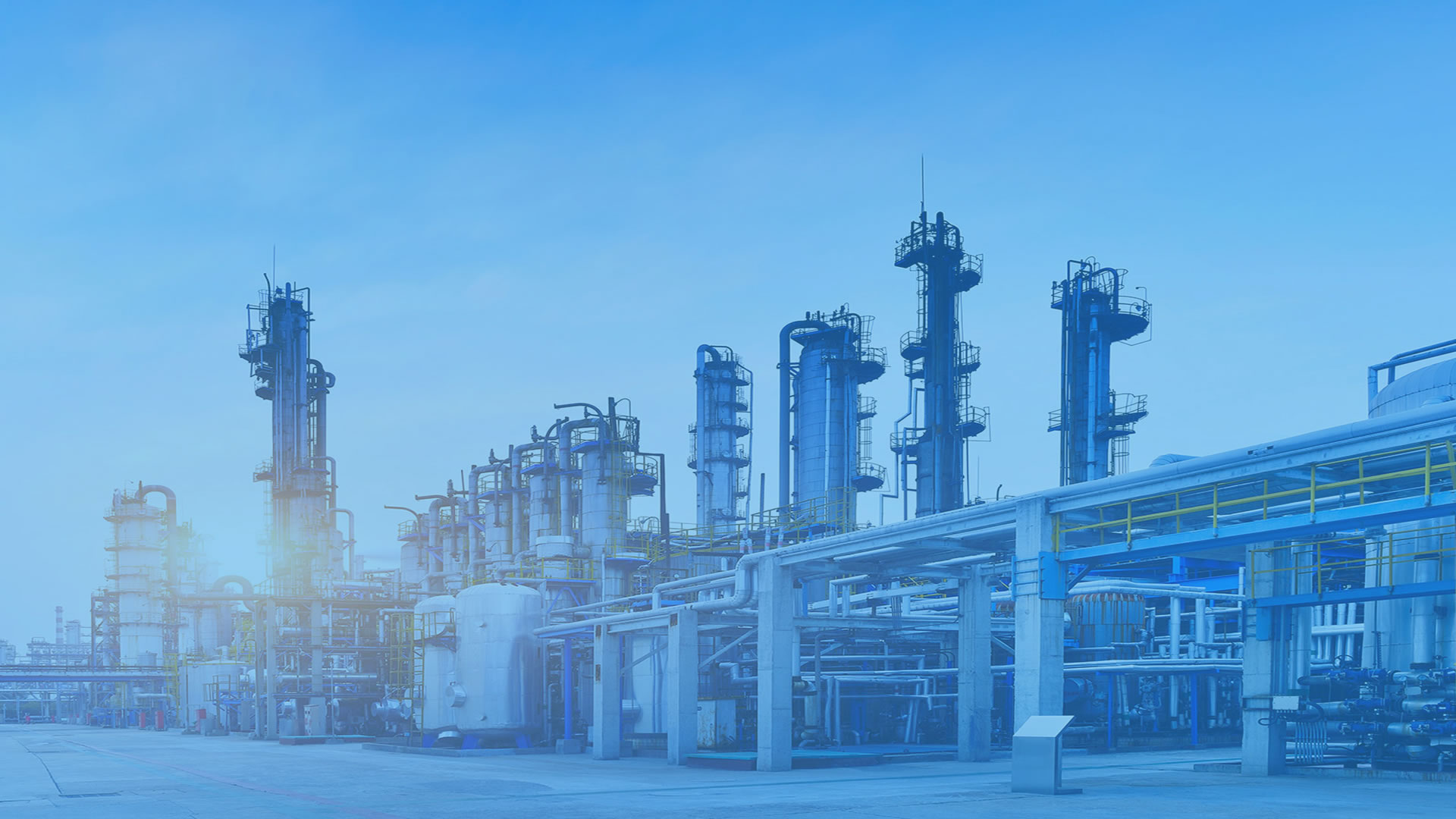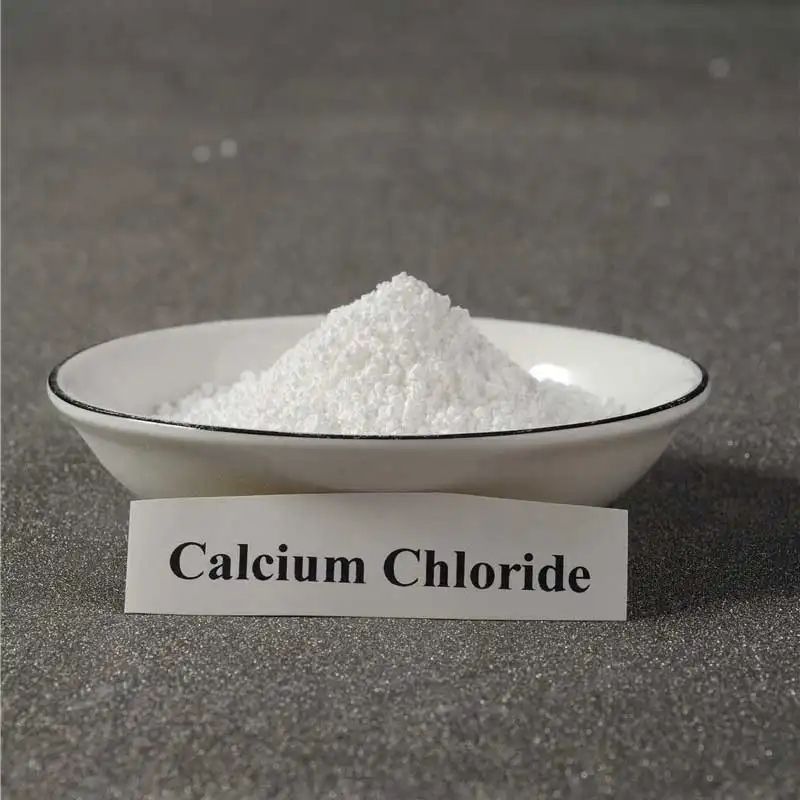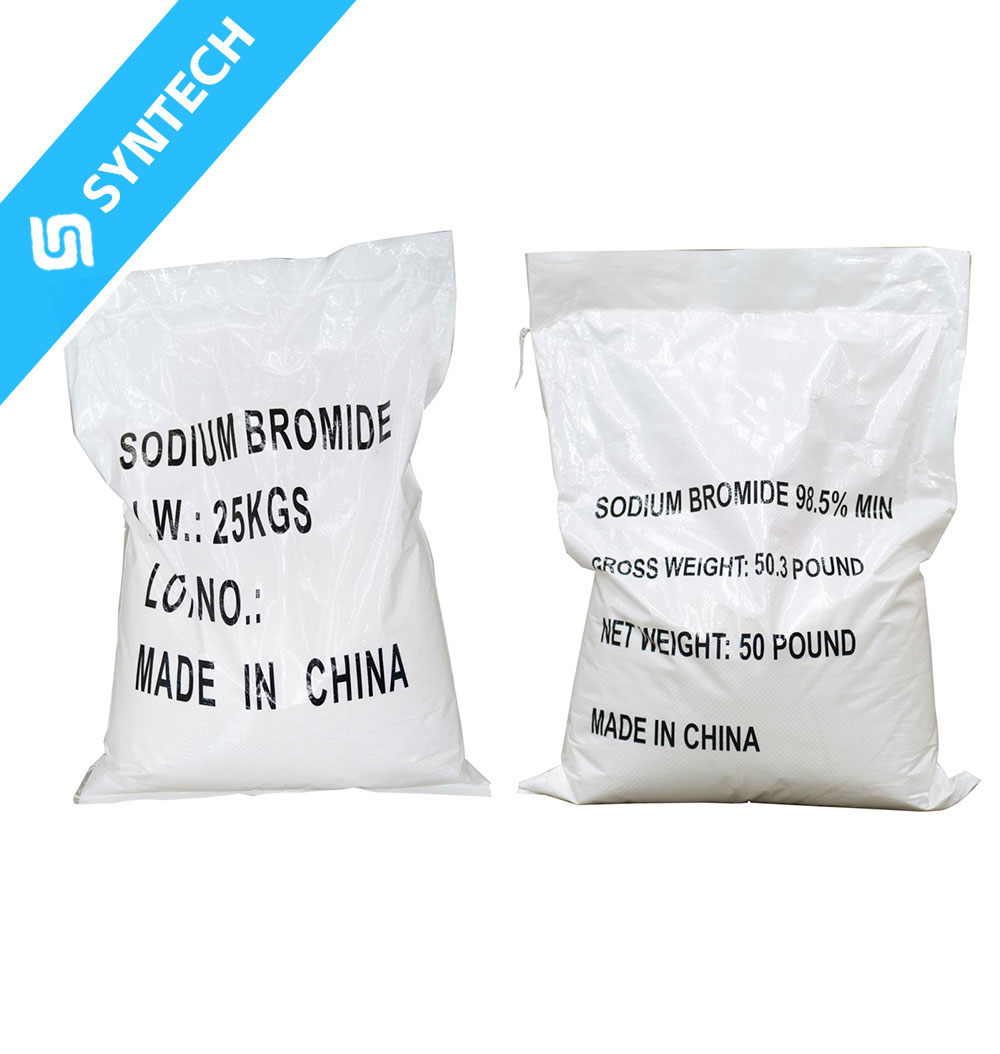Sodium Methallyl Sulfonate (SMAS) demonstrates superior stability in harsh industrial environments with high temperatures and salinity primarily due to two key structural features: the sulfonate group and the methallyl group. These features work together to provide exceptional performance where other monomers might fail.
Here is a summary of the key reasons for SMAS’s stability:
| Feature | Role in High-Temperature Stability | Role in High-Salinity Stability |
|---|---|---|
| Sulfonate Group (-SO₃⁻) | • Electrostatic Repulsion: The negative charge prevents the polymer chains from coiling up. | • Charge Shielding Resistance: The strong anionic charge remains effective even in high-salt environments, maintaining solubility and dispersion. |
| Methallyl Group (CH₂=C(CH₃)-CH₂-) | • Steric Hindrance: The methyl group protects the polymer backbone, reducing chain scission (degradation). | • Chemical Stability: The saturated C-C bonds in the backbone are less susceptible to oxidative degradation. |
The Power of the Sulfonate Group
The sulfonate group (-SO₃⁻) is the cornerstone of SMAS’s performance. This group is:
- Highly Ionic and Hydrophilic: It has a very strong affinity for water, which allows SMAS and its copolymers to dissolve and remain stable in aqueous solutions .
- Resistant to Salts: Unlike some other anionic groups, the sulfonate group has a low tendency to form precipitates with common metal ions like calcium (Ca²⁺), magnesium (Mg²⁺), or sodium (Na⁺) . This means it stays in solution and continues to work even when salinity is high.
- Provides Electrostatic Repulsion: When SMAS is incorporated into a polymer chain, the sulfonate groups project a strong negative charge. This causes the polymer chains to repel each other, preventing them from collapsing or coiling up. This is crucial for maintaining the function of the polymer, such as its viscosity or its ability to disperse other particles .
The Stability of the Methallyl Group
The methallyl group (CH₂=C(CH₃)-CH₂-) contributes significantly to thermal and chemical stability.
- Steric Hindrance: The methyl group (-CH₃) attached to the double bond creates a physical barrier that protects the polymer backbone . This makes it more difficult for the polymer chain to break (a process called chain scission) under the stress of high temperatures or mechanical shear.
- Stable Carbon Backbone: The molecular structure, including the carbon-carbon double bond in the monomer that becomes part of the polymer chain, forms a robust structure that is less susceptible to thermal and oxidative degradation compared to monomers with simpler structures .
Performance in Demanding Applications
The combination of these two features makes SMAS invaluable in several harsh industrial settings:
- Oil and Gas Drilling: In oilfields, fluids must withstand high temperatures and extreme salt concentrations. Copolymers containing SMAS are used as dispersants and fluid loss additivesbecause they effectively prevent clay particles from aggregating, ensuring the drilling fluid remains stable and functional .
- Water Treatment: In cooling water or boiler systems where water hardness can lead to scale formation, SMAS copolymers act as effective scale inhibitors. They can control the formation of scales like calcium sulfate and calcium carbonate even in high-salinity conditions where other inhibitors might fail .
- Enhanced Thermal Stability: Research has shown that copolymers incorporating SMAS have a higher thermal decomposition temperature compared to those without it. For instance, one study noted a ternary copolymer containing SMAS had a significantly higher decomposition temperature than ordinary polyacrylamide . Another study on graft copolymers with SMAS also highlighted their clear resistance to high temperatures .
In essence, SMAS provides a “double shield” of stability: the sulfonate group ensures solubility and performance in salty water, while the methallyl group provides robust structural integrityagainst heat and shear. This synergy is why it is a preferred choice for formulating high-performance chemicals for the most challenging industrial environments.






